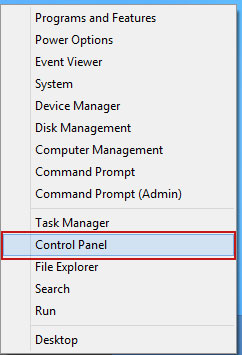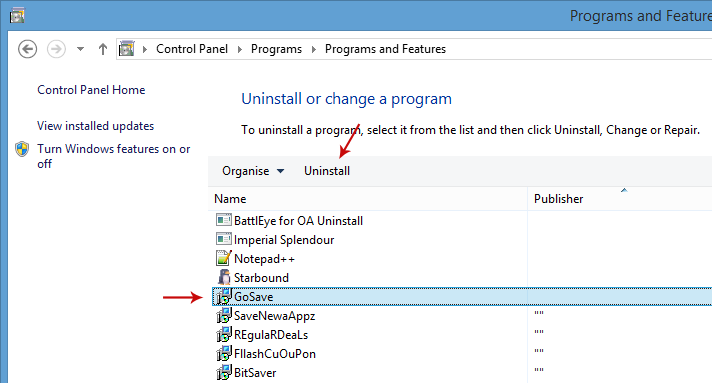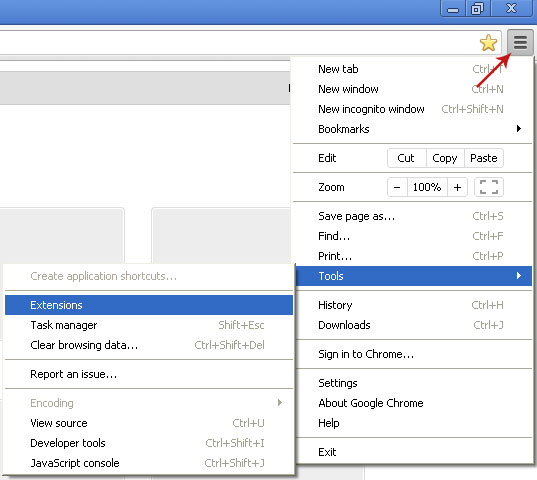If you think back to when the mystery adverts powered by MediPlayer appeared you may recall that prior to that you did something like updating a version of a legitimate program you have installed, or you downloaded some freeware. So, why does downloading one program also download a potenftially unwanted one or even adware? Just how do these programs install themselves without your knowledge - and what can you do to stop it happening again?
How is MediPlayer adware installed?
Adware programs infect you in one of three ways: they're either pre-installed on a new computer, they are packaged with another program or they can occasionally be installed by something known as a 'drive by installation', which is when a compromised website infects you with whatever type of malicious software IT has been infected with. In my case, MediPlayer2.8 was packed with another program that is unfortunately used by many users to download videos from popular streaming websites. Detection ration of this adware isn't great, just 8 out of 57 anti-virus engines currently detect it. Some of the detection names: PUP.Optional.CrossRider, PUA.ScrambleWrapper, PUP/Win32.CrossRider.
How do you tell if you have adware on your PC?
If you keep getting ads by MediPlayer then your computer is definitely infected with adware. But the problem is that it can be listed under a different name which makes the removal of this adware somehow complicated. If you're using a computer running on the Windows Operating System (unfortunately Windows based PCs are far more prone to attacks by malware than Apple Macs) then you can easily check whether the program you don't recognize is actually adware or just something you genuinely don't remember installing.
Here's how to check in Windows:
- Go to the Control Panel
- Select Programs then Uninstall or Change a Program
- All the programs that are installed on your computer are listed here. Information included will be the programs' names, who their publishers are, plus the date of installation
- See something that you don't recognize? With a bit of luck you will be able to uninstall it now
- While you have this function open you can also click on Installed On – this will then sort all the programs by their installation dates.
- Check the date and time that the adware was installed and then the program next to it in the list. A corresponding date and time means it is highly likely that the adware was packaged with this program
Unfortunately programs of all degrees of legitimacy can be bundled with adware – whether the publisher or owner of that program knows it or not. This means that when you download programs, you need to read the Terms and Conditions or the License Agreement carefully. Ads by MediPlayer are always mentioned in the small print so if a program is asking you if you would 'also like to download' – think carefully whether you want to risk installing adware too. To remove it from your computer, please follow the steps in the removal guide below. If you have any questions, please leave a comment down below. Good luck and be safe online!
Written by Michael Kaur, http://delmalware.blogspot.com
Ads by MediPlayer Removal Guide:
1. First of all, download anti-malware software and run a full system scan. It will detect and remove this infection from your computer. You may then follow the manual removal instructions below to remove the leftover traces of this malware. Hopefully you won't have to do that.
2. Remove Ads by MediPlayer related programs from your computer using the Add/Remove Programs control panel (Windows XP) or Uninstall a program control panel (Windows 7 and Windows 8).
Go to the Start Menu. Select Control Panel → Add/Remove Programs.
If you are using Windows Vista or Windows 7, select Control Panel → Uninstall a Program.

If you are using Windows 8, simply drag your mouse pointer to the right edge of the screen, select Search from the list and search for "control panel".

Or you can right-click on a bottom left hot corner (formerly known as the Start button) and select Control panel from there.

3. When the Add/Remove Programs or the Uninstall a Program screen is displayed, scroll through the list of currently installed programs and remove the following:
- MediPlayer 2.8
- GoSave
- deals4me
- SaveNewaAppz
- and any other recently installed application

Simply select each application and click Remove. If you are using Windows Vista, Windows 7 or Windows 8, click Uninstall up near the top of that window. When you're done, please close the Control Panel screen.
Remove Ads by MediPlayer related extensions from Google Chrome:
1. Click on Chrome menu button. Go to Tools → Extensions.

2. Click on the trashcan icon to remove MediPlayer 2.8, MediaPlayerV1, Gosave, HD-Plus 3.5 and other extensions that you do not recognize.
If the removal option is grayed out then read how to remove extensions installed by enterprise policy.

Remove Ads by MediPlayer related extensions from Mozilla Firefox:
1. Open Mozilla Firefox. Go to Tools → Add-ons.

2. Select Extensions. Click Remove button to remove MediPlayer 2.8, Gosave, MediaPlayerV1, HD-Plus 3.5 and other extensions that you do not recognize.
Remove Ads by MediPlayer related add-ons from Internet Explorer:
1. Open Internet Explorer. Go to Tools → Manage Add-ons. If you have the latest version, simply click on the Settings button.

2. Select Toolbars and Extensions. Click Remove/Disable button to remove the browser add-ons listed above.

